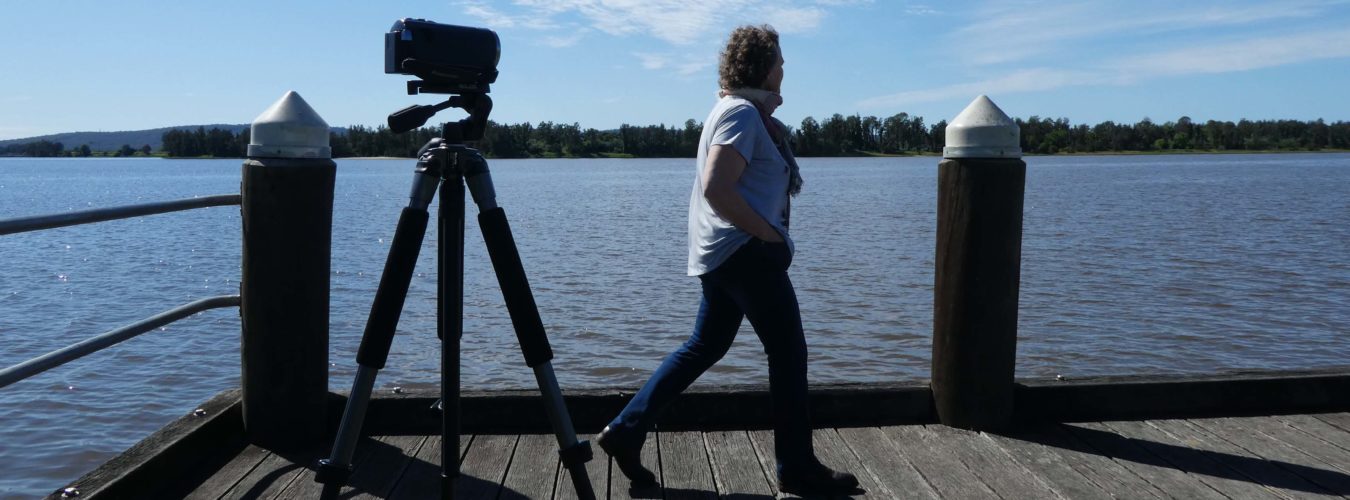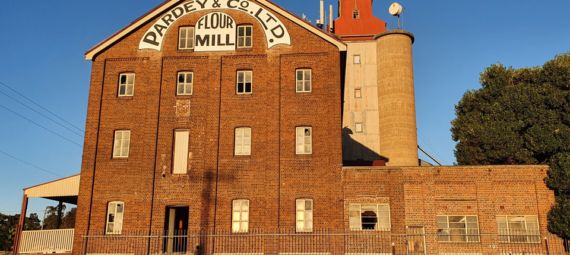March 2022 – Wiradjuri Country
If ever there was a town that lived up to its tourism marketing hype, it’s Temora. The brochures describe the Riverina town as a place “where history meets down-to-earth hospitality” with a reputation for friendliness.
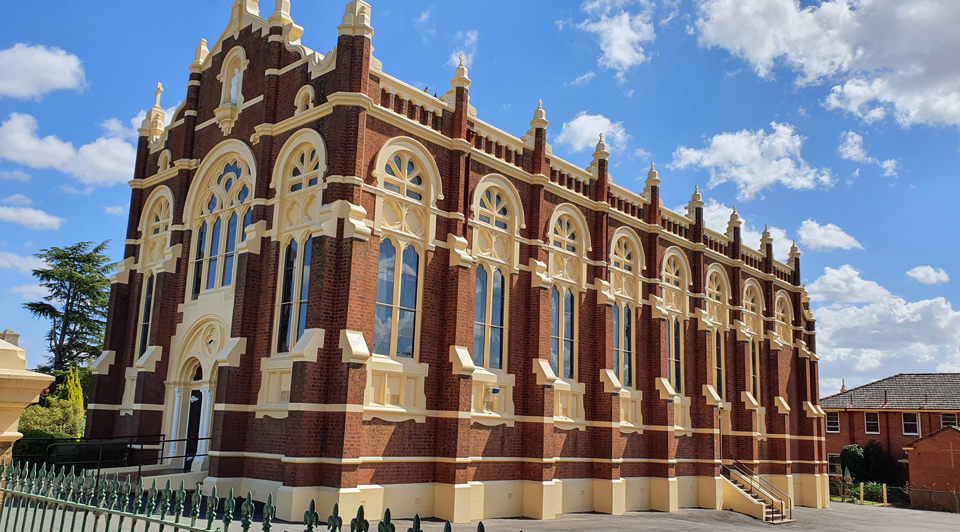
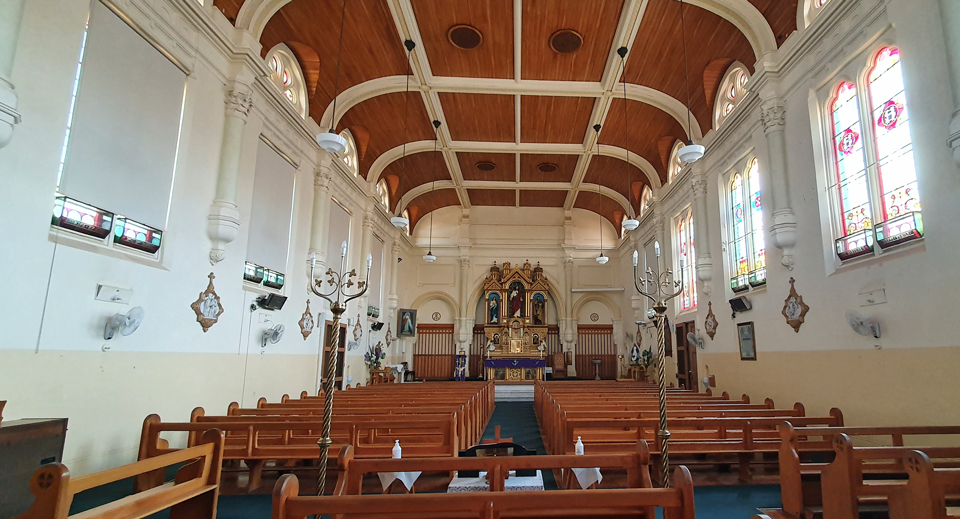
Friendliness was certainly my experience. A busy painter giving the beautiful old Sacred Heart Church a fresh coat of paint (see above) took time from his work to show me inside and chatted fondly about being a parishoner and a “born and bred” local man. I met many helpful people in Temora who were only too happy to stop and talk about their lovely part of the world.
What we did
Admire the history
Temora is a treasure trove of well-preserved historic buildings which tell the story of its development since the 1880s. It’s an impressive array, well worth a walk or drive around. Magnificent turn of the century bank and civic buildings line the main street. Wonderful old pubs with shady verandahs give that uniquely Australian country charm. The stunning Sacred Heart Catholic Church is an absolute gem – built in 1907 – with it’s 1890s convent next door.
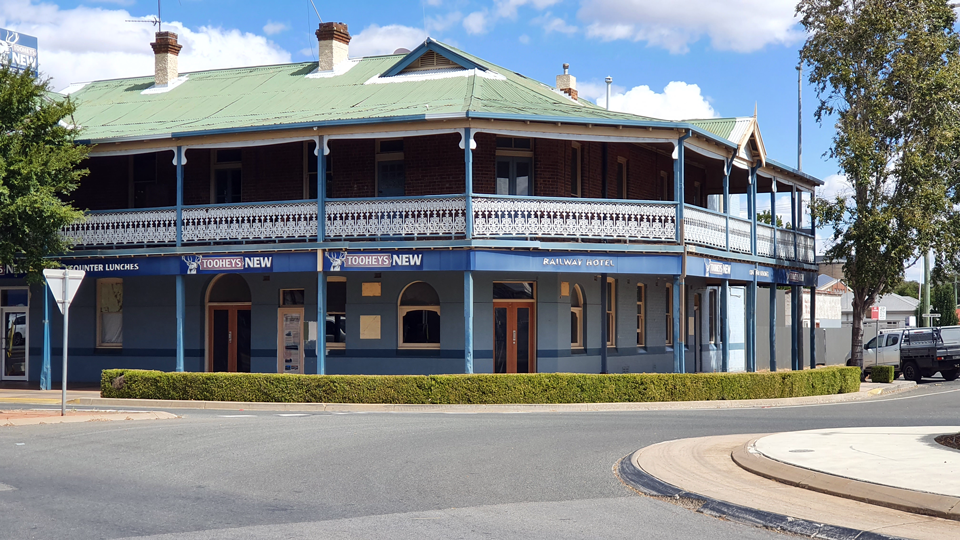
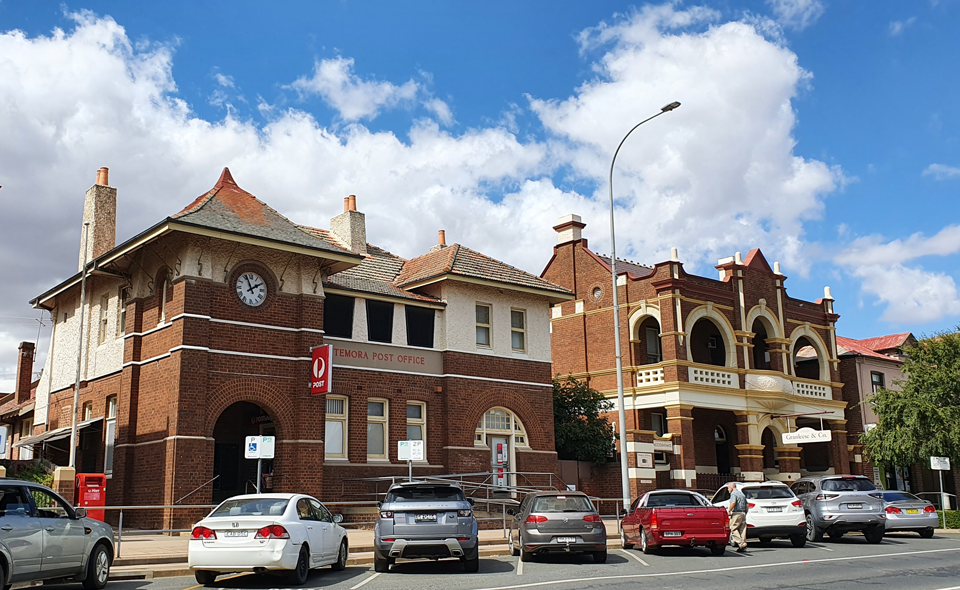
Art Deco gem
One of my favourite Temora architectural must-sees is a collection of buildings constructed for the Auswild family. Built from the 1930s to the 1950s, the group includes the lavish Art Deco mansion, Ritaville, once the home of Sir James Auswild and his family. Sir James was the founder and driving force of a nationally reknown rural accountancy firm (along with many other successful business interests) which ran its operations from Temora for a long time.
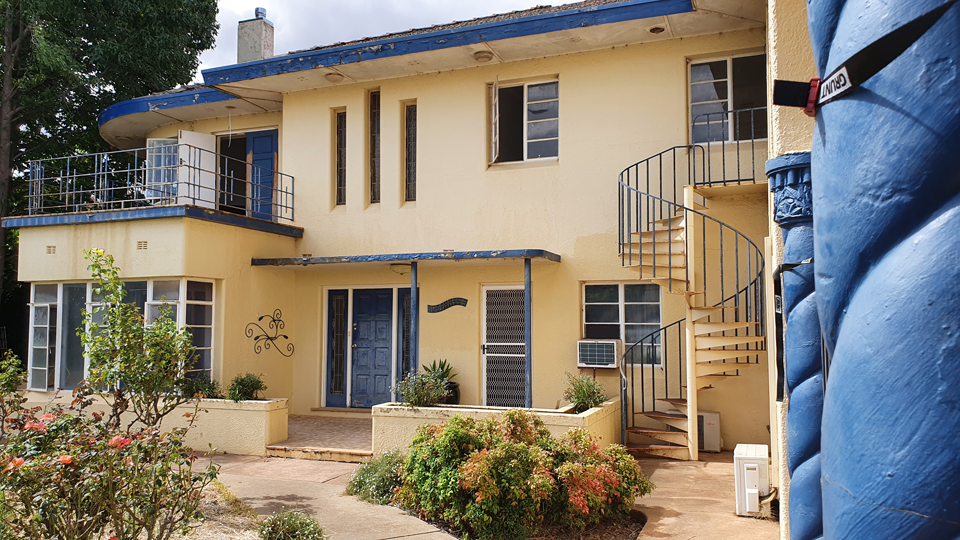
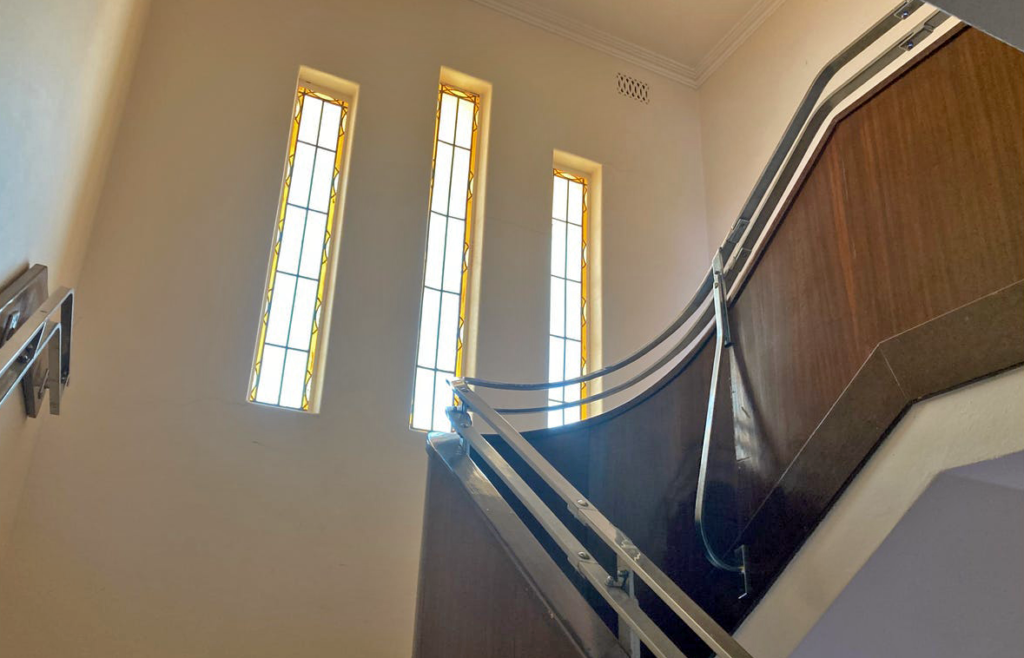
Ritaville features a network of bedrooms, bathrooms and living areas and I read that it has its own ballroom. The building is undergoing restoration after being sold by the Auswilds just recently. Real Estate images show that much of the Art Deco style remained intact before the sale.
Check these out
Here’s just some of the buildings to look out for when you get to Temora: John Meagher building (parts from 1881) Westminster Hotel (1882) Catholic Convent (1890s) Railway Station (1893) Post Office (1901) Courthouse (1902) ANZ Bank(1903) Anglican Church (1906) Catholic Church (1907) Westpac Bank (1907) former CBC Bank (1908) Pardey’s three storey flourmill (1908) the Federal Hotel (1913), the Commonwealth Bank (1918), the Terminus Hotel (1924) the Spanish Art Deco style Hotel Temora (1933).
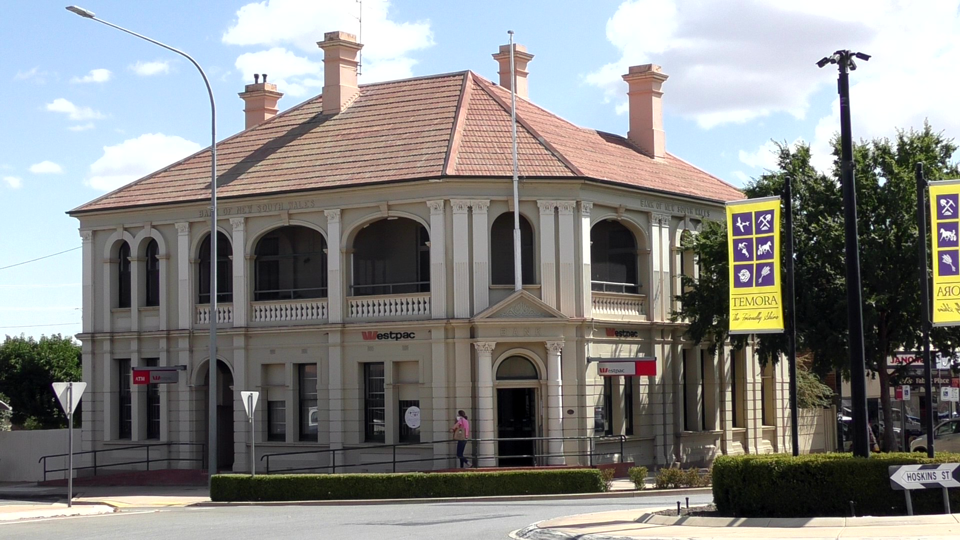
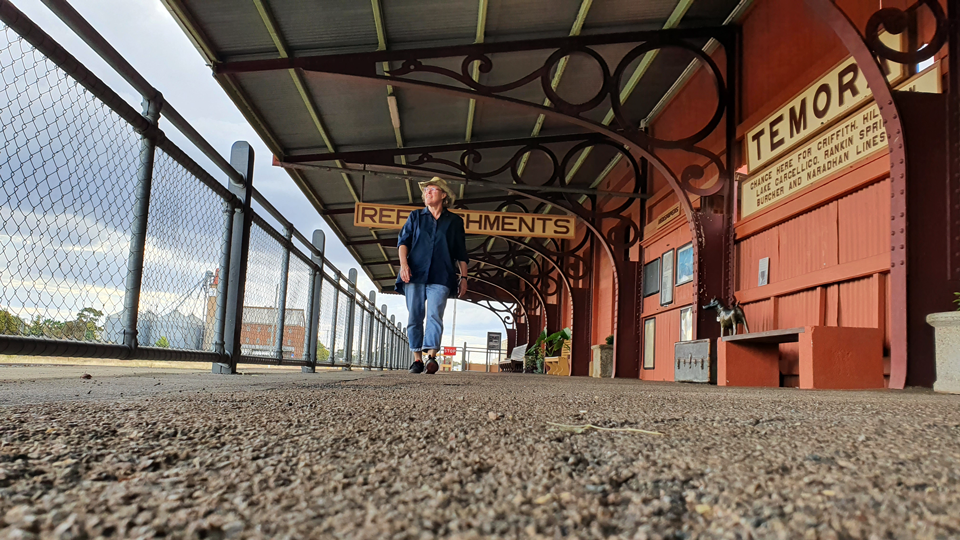
The Aviation Museum
Let’s face it. It’s the thing that Temora is best known for. You’ll find Temora Aviation Museum out next to the airport about five minutes out of town, close to the site of a former RAAF flight training school used in WWII. The museum opened in 2000 and contains an astonishing line up of ex-military aircraft. Top of the list is a Supermarine Spitfire MKVIII – the only one of its kind in Australia. The collection are all in flying order and get a run at regular airshows held each month.
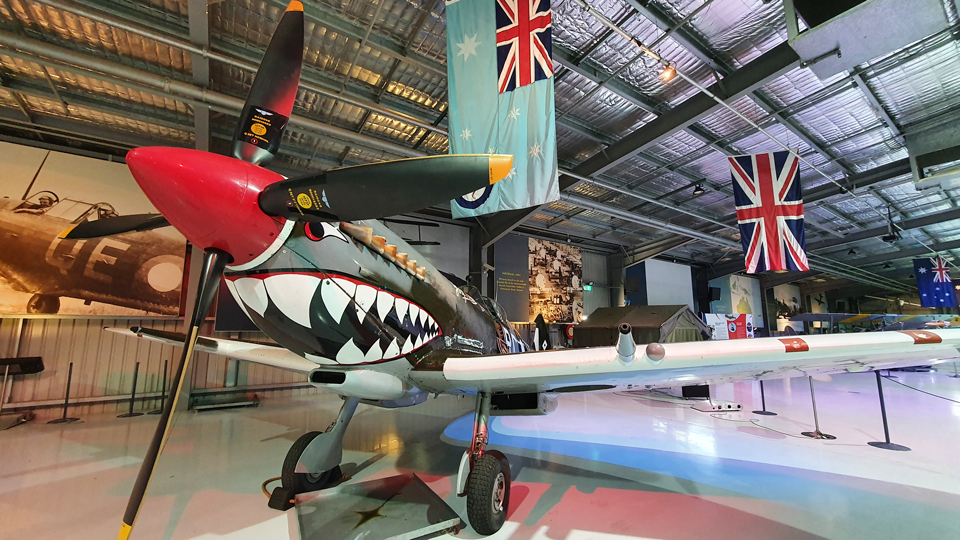
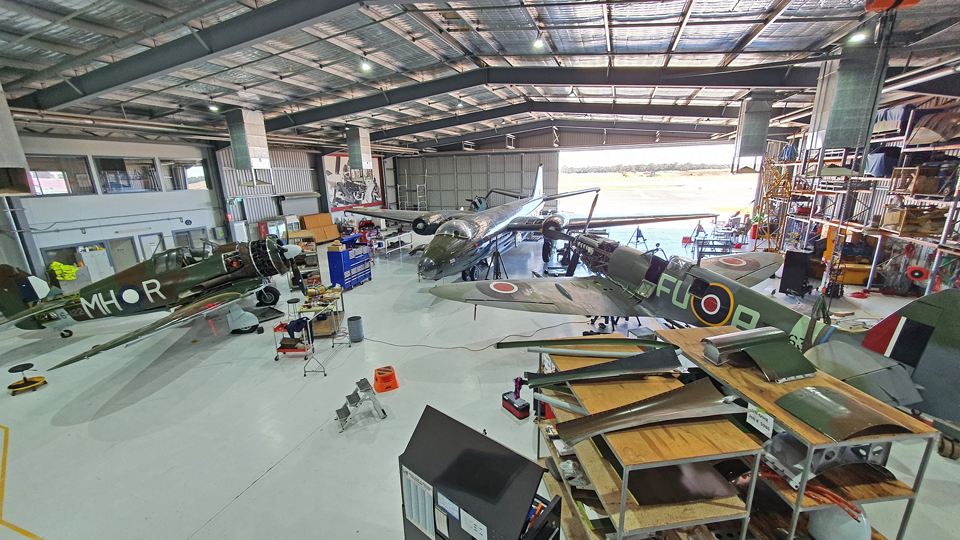
First stop was the theatre where we watched a 15 minute video explaining how the museum came to be, how it runs, and a bit about the aircraft. Then it was on to the main hangar to admire these beautifully restored and maintained aircraft, each with its own video display. Then up to the viewing platfrom which looks down on the maintenence area where engineers work on the aircraft. There are some interesting static displays and a gift shop in the meain reception area.
The Rural Museum
Temora is a town that celebrates and maintains its varied and interesting history and that is contained in the Bundawarra Centre . Within this centre are the Rural and Ambulance Museums, and the a variety of other displays of history from around the region.
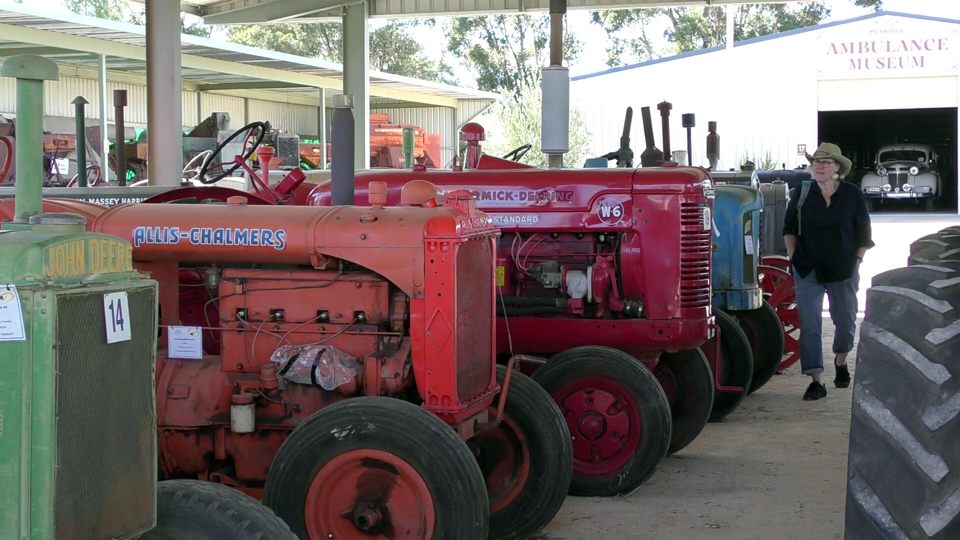
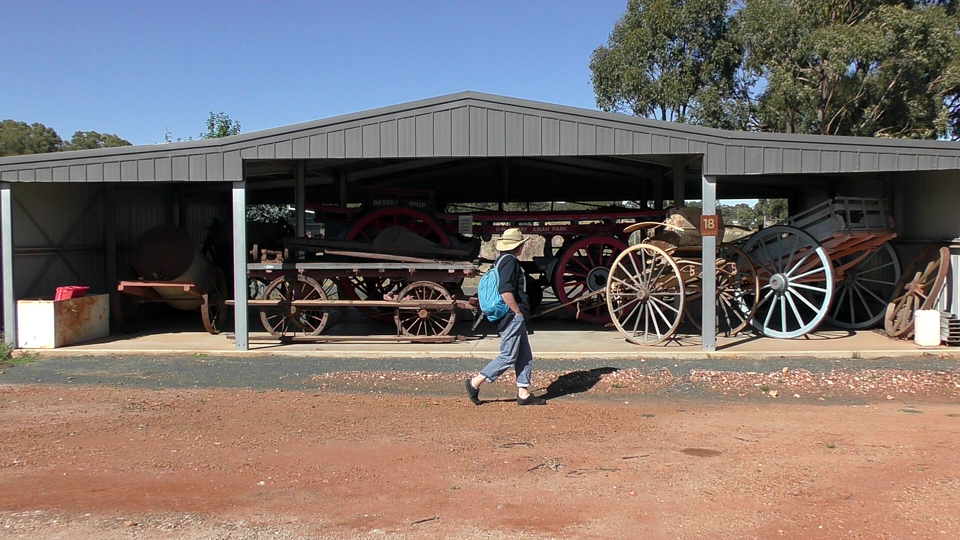
The Rural Museum has literally dozens of pieces of well kept and functioning farm machinery – tractors, harvesters and other agricultural equipment going back to the horse and cart!
Geology fans will find lots to intrigue them in the rock and mineral collection – and who can resist a good fossil.
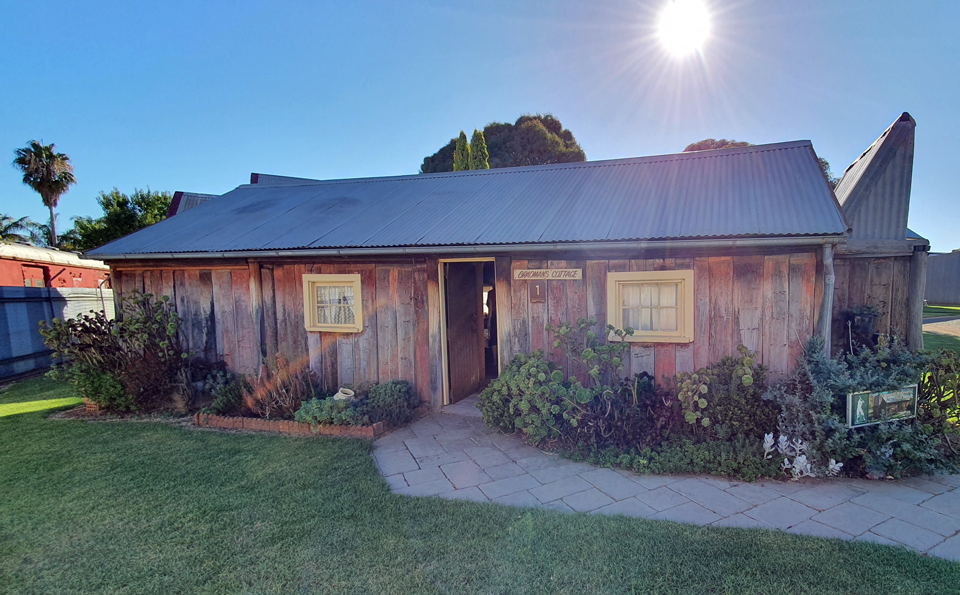
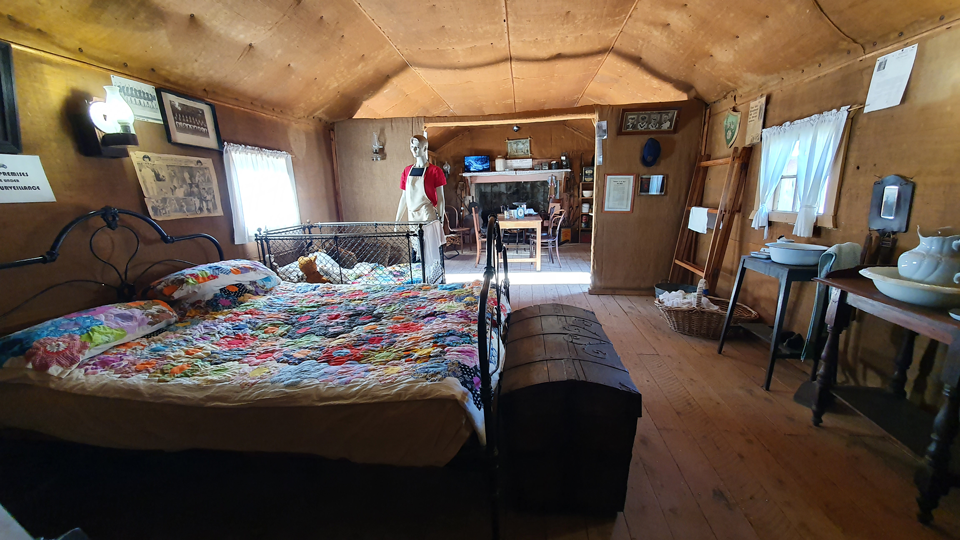
You can also see the cabin where cricketing legend Don Bradman spent three years of his childhood on a local farm. The cabin was relocated to the museum in the 1980s and is a reminder of the humble circustances of many people in the early years of the 1900s. The interior is a bit of an eye opener – very snug by todays standards. Many modern-day kitchens are bigger than the entire cabin.
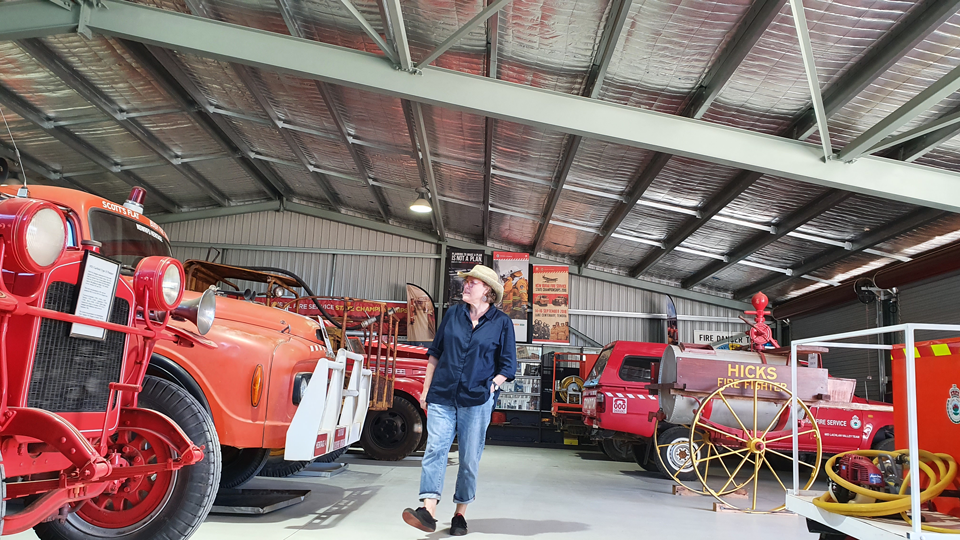
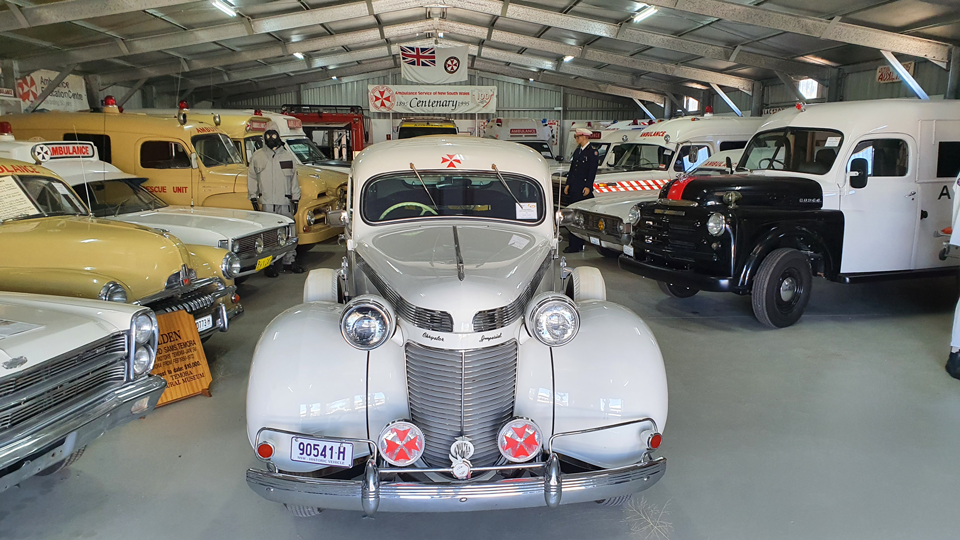
Along side the permanent exhibits which capture changing social and tecnological times, there is a collection of Rural Fire Service vehicles and the separate Ambulance Museum in the grounds. You can easily spend a few hours wandering around this museum. Volunteers were on hand to assist and explain.
A walk by the lake
Just out of town passed the airport is Temora’s 22.5 hectare manmade Lake Centenary. The lake has an average depth of 2m and is used for local water sport – skiing, boating, v8 jet boats.
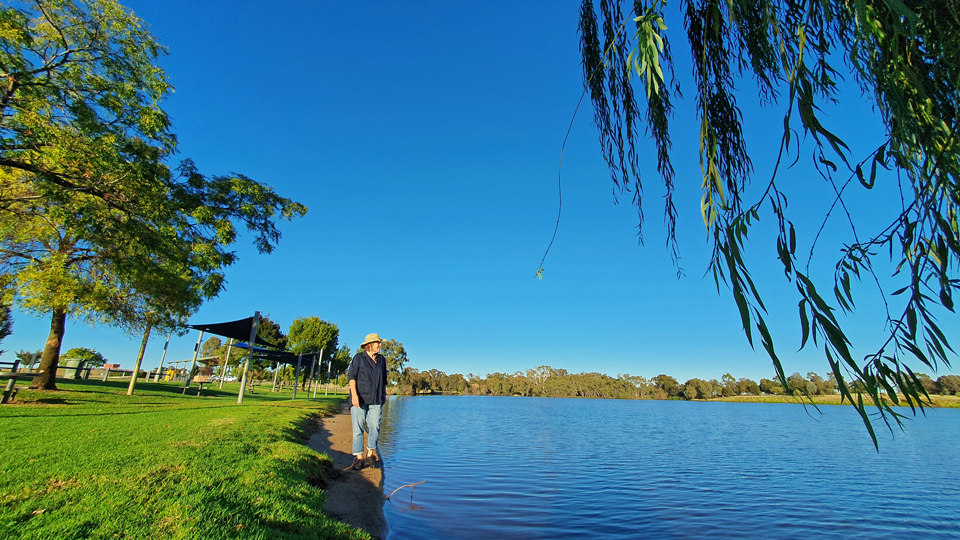
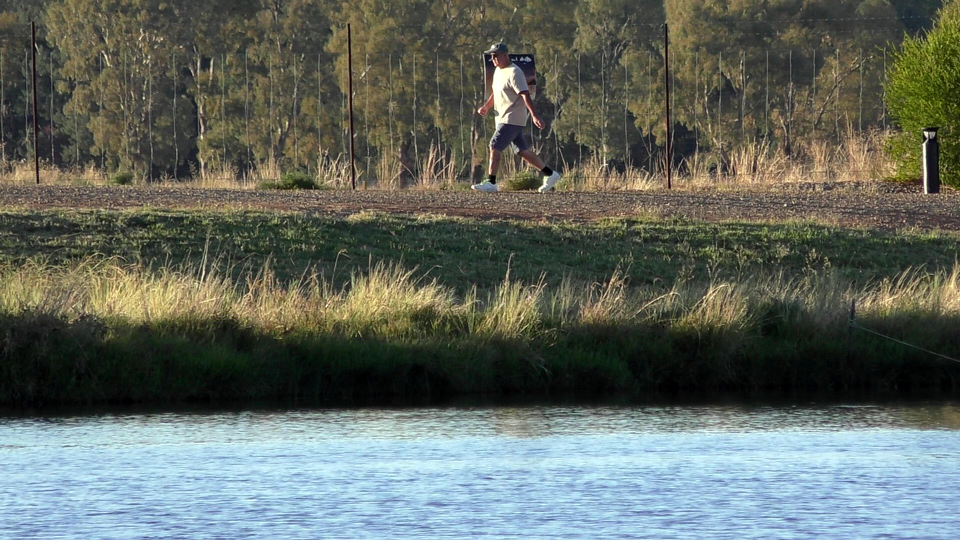
But there’s also more peaceful pursuits like fishing and swimming and you can take a lovely stroll around the lake walking track. It’s a great place for a picnic. There’s a coffee van there on some days too.
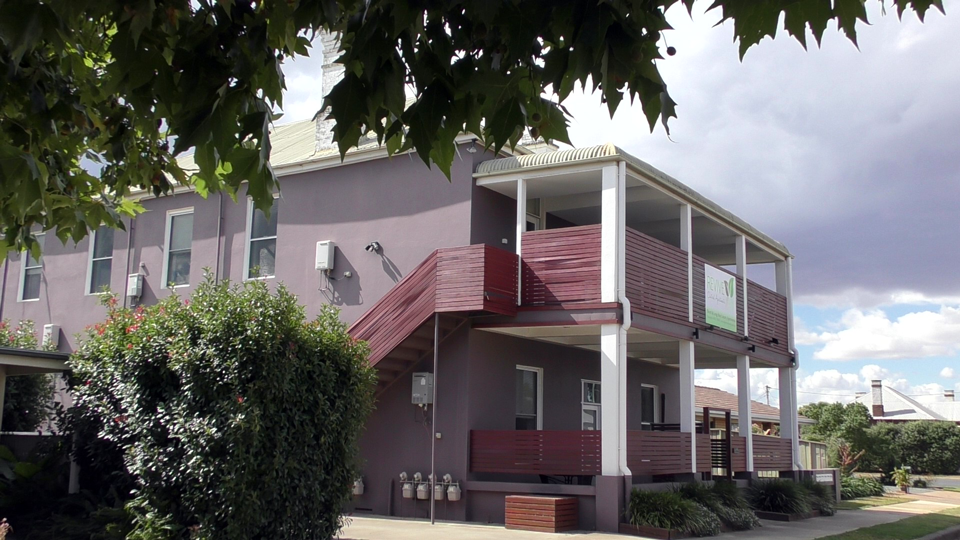
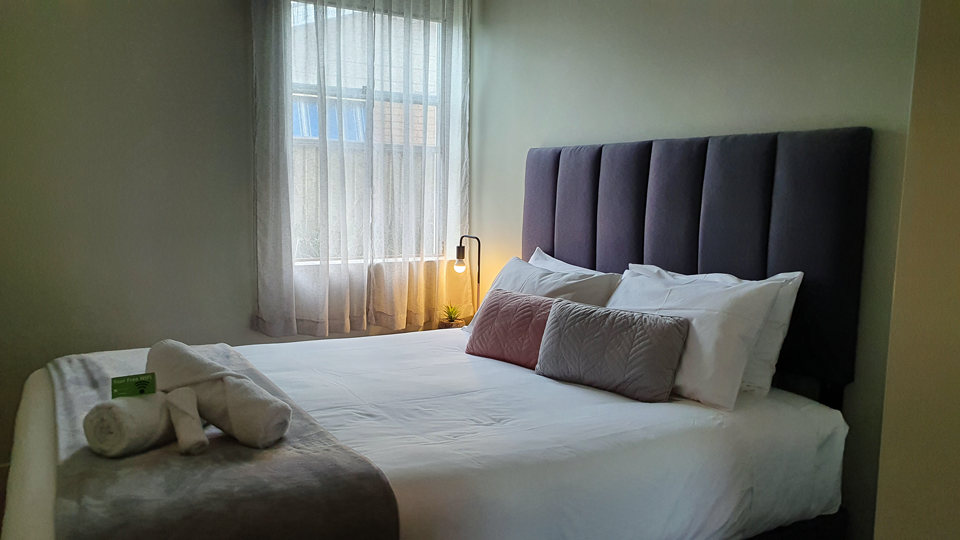
Where we stayed
There are a number of options in Temora – but on this occasion we stayed at Revive Central Apartments (see pictures above). There are one and two bedroom options for short and longer term stays. Located a conveninet walk to the main street and dining venues, but you also have facilities to cook at home if you want to.
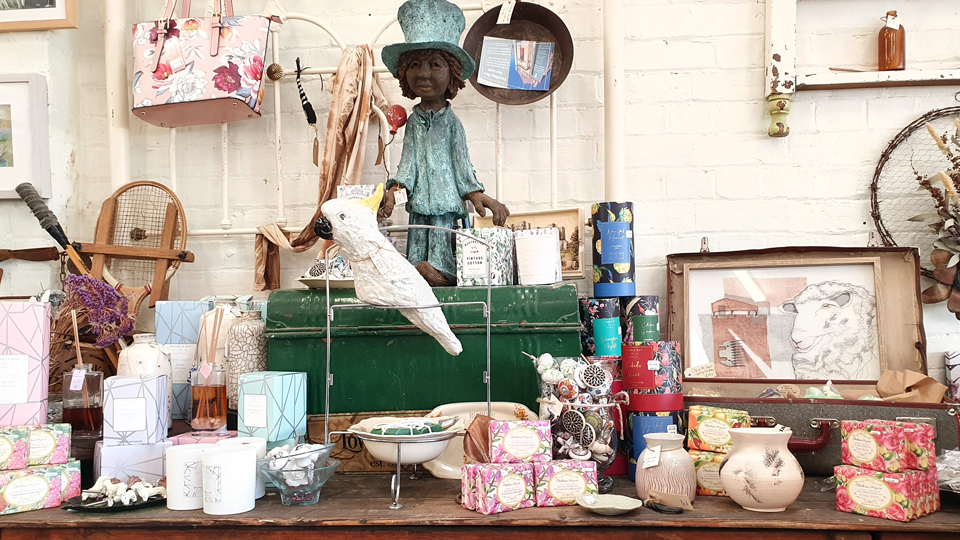
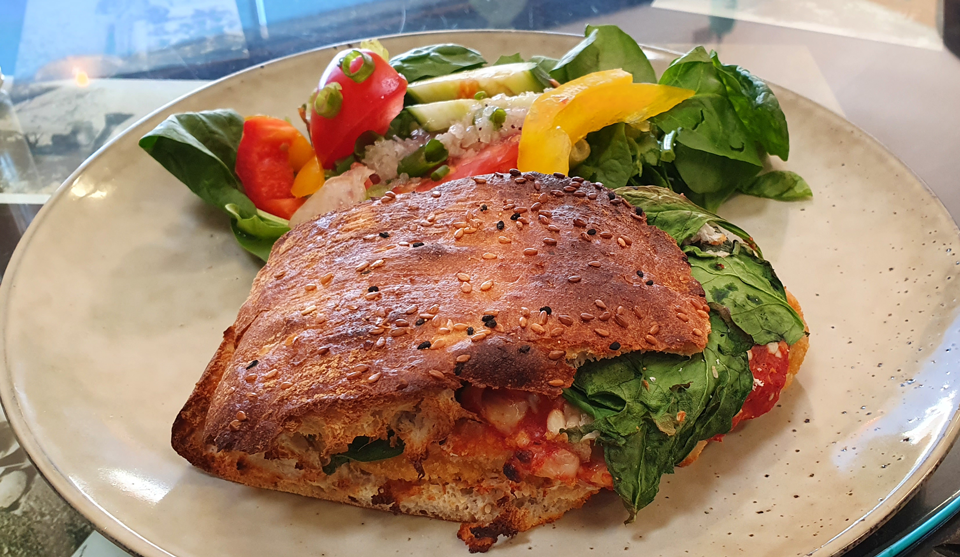
Where we ate
We enjoyed a delicious light lunch at Diamonds and Dust in Hospkins Street (see pictures above). It’s housed in an historic turn of the century merchants building. Inside you’ll find a varied collection of homewares, art and craft and you can get a great coffee and a light meal too.
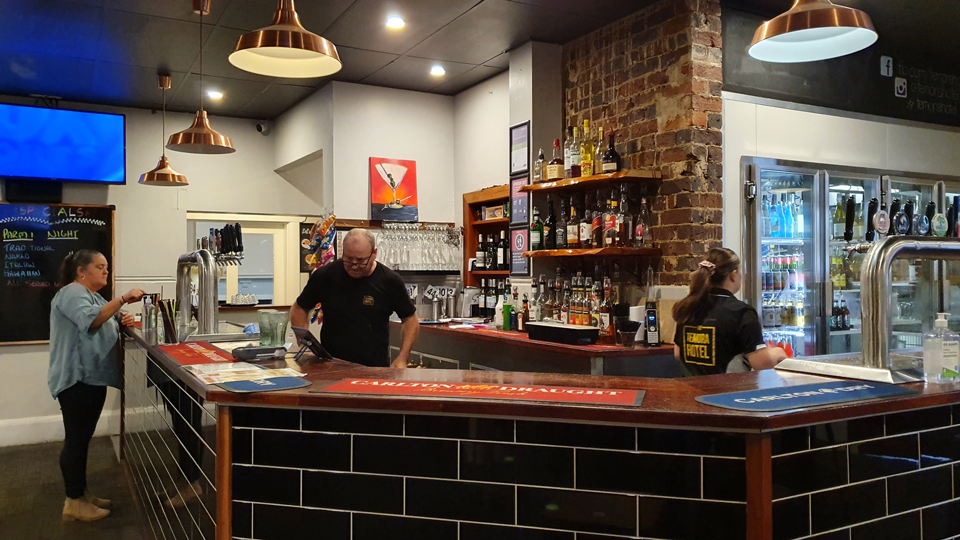
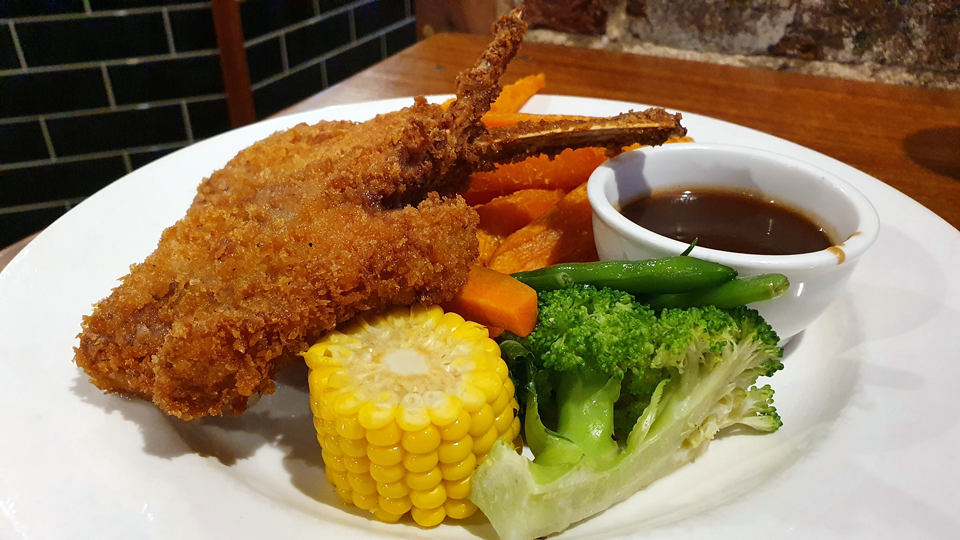
We called in for dinner at the Spanish Art Deco Hotel Temora, also in Hospkins Street (see pictures above). Friendly service, cold beer and great pub style meals and pizza. While you are enjoying yourmeal, check out the Art Deco detail in the windows at the back. Fascinating.
